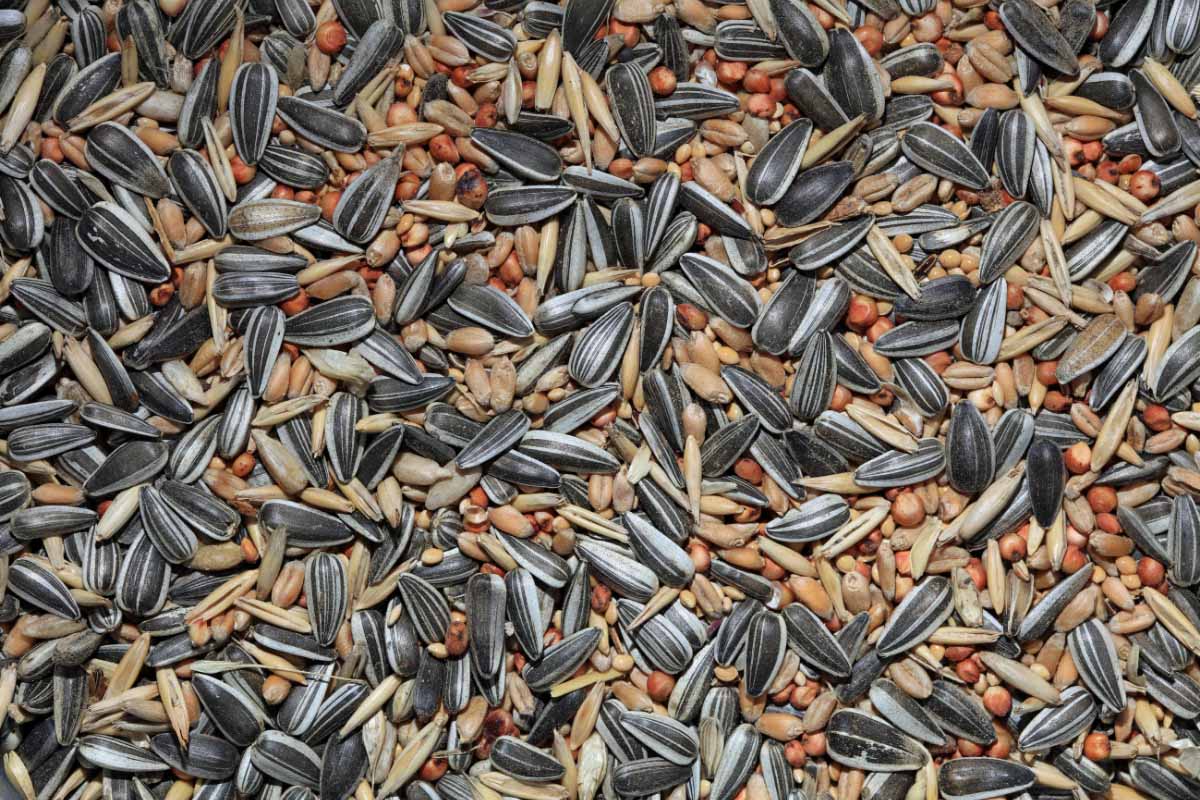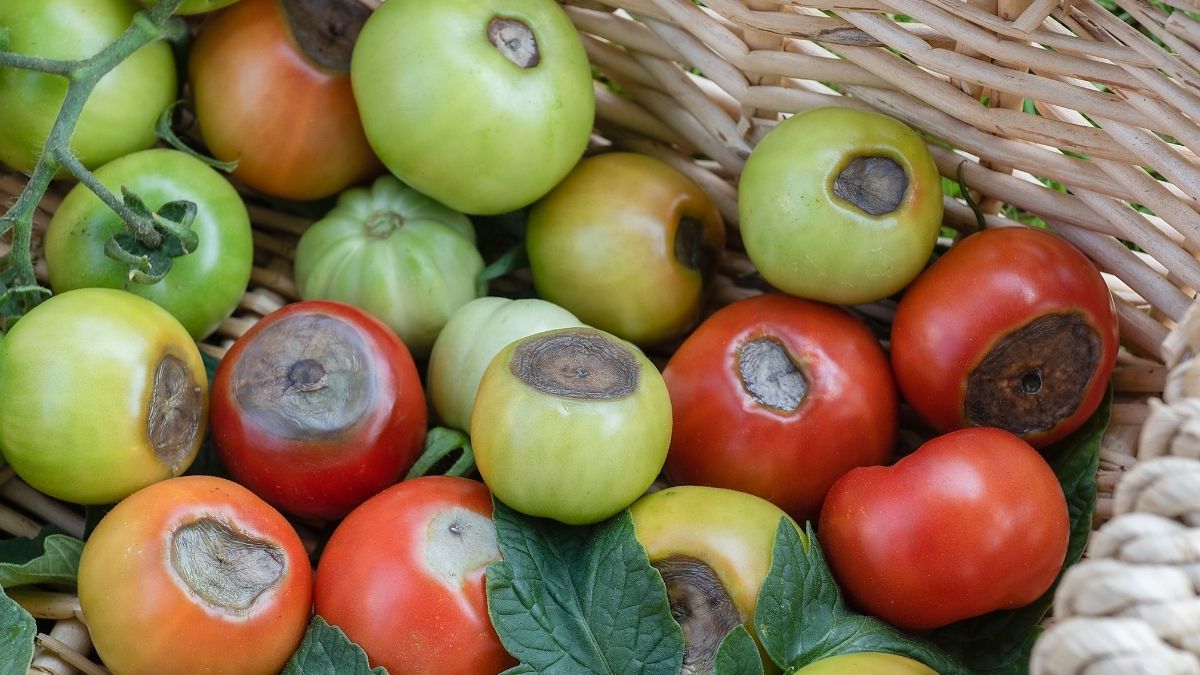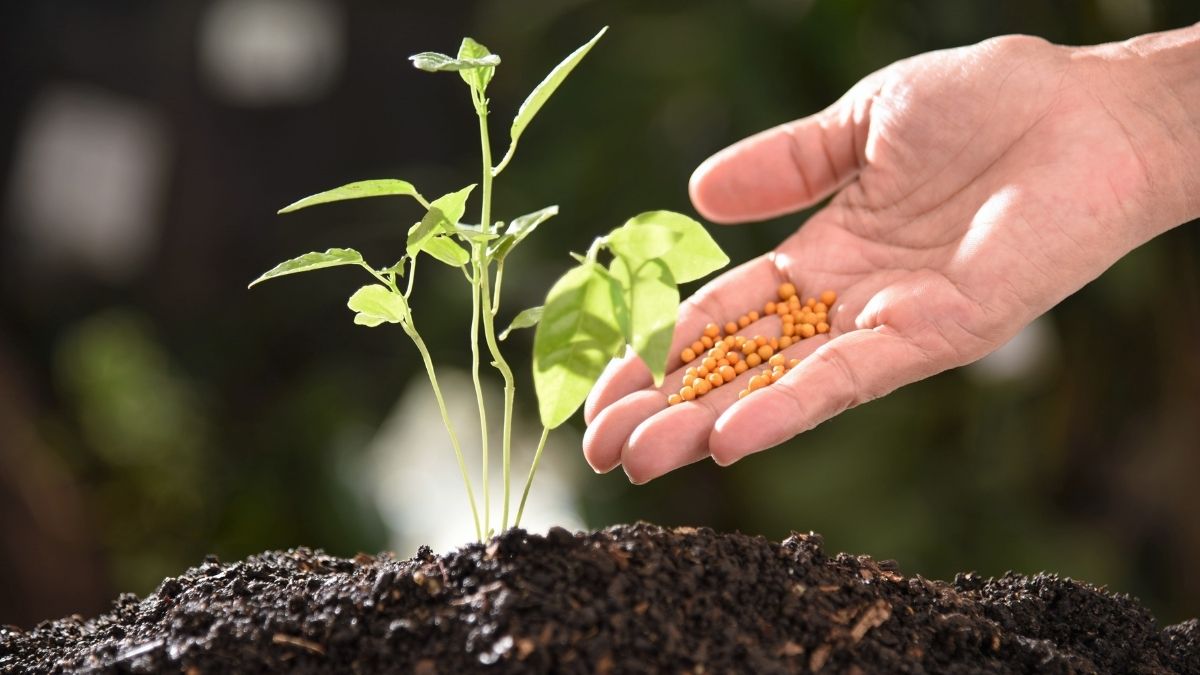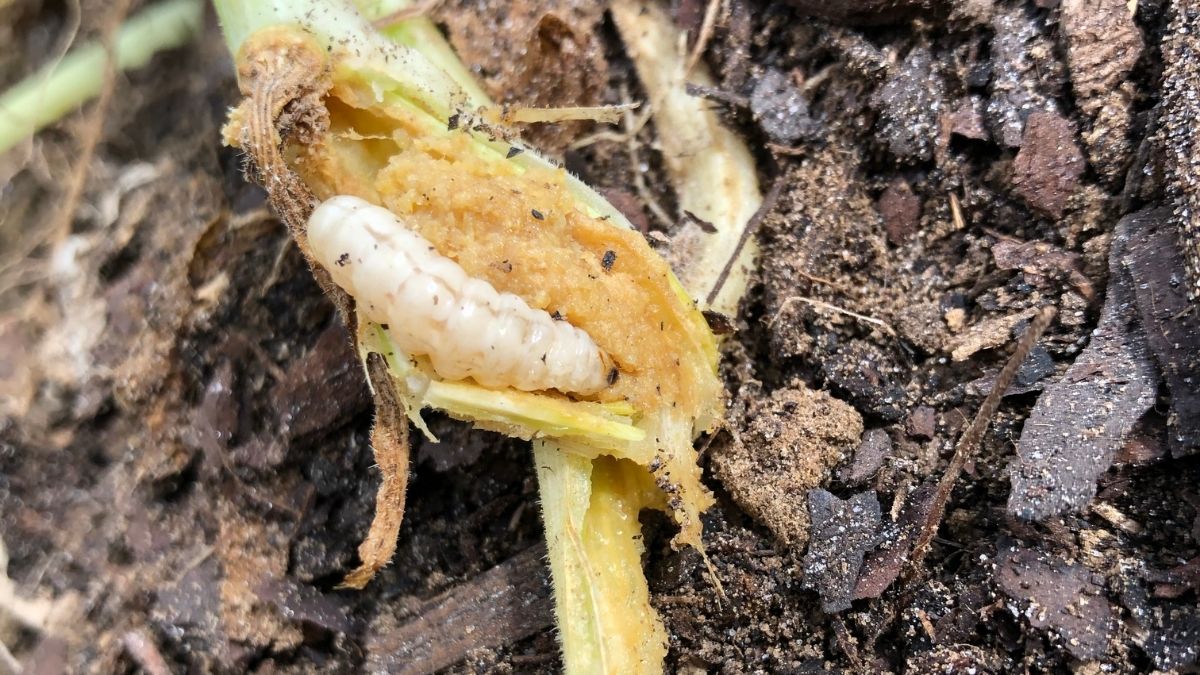Pest Watch: Squash Vine Borers
Let’s talk about one of my most hated pests: Squash Vine Borers. Hateful little suckers. Vines will look great one day and collapse the next – have they visited your garden? Adult moths lay eggs on the lower part of the leaves and tiny larvae bore holes into the vine. Eventually, they will kill the plant as they eat their way through the inside of the stem. If you had them last year, there’s a darn good chance they will be back this year as the larvae burrow into the ground and overwinter in the pupae stage to emerge as an adult in the spring.
Your best defense? Remove all garden debris. LOTS of bugs and disease overwinter in that. Second, till the soil to expose the cocoons to freezing temperatures. In late spring when you plant, spray every 7 days with insecticidal soap or neem oil (Bt also works). Make sure you get the undersides of the leaves as that’s where the adults are laying the eggs. Two plantings a couple of weeks apart also helps. Good luck!
Visit our blog for tasty recipes and gardening tidbits!
Peanut Butter Bird Feeder

Summer is a great time of year for getting the little ones out of the house and enjoying nature! Here’s a fun cheap and easy project for inviting nature to your backyard.
What you’ll need:
Empty toilet paper rolls
Peanut butter
Bird seed
Butter knife
To make:
Using a butter knife, spread the peanut butter on the outside of the toilet paper rolls. Roll the tubes in the bird seed. Place the tube over a branch on a tree and enjoy watching the birds munch!
Visit us on Pinterest for some more summertime kid crafts.
Come visit us this Summer at the farm! We have 30+ family-friendly activities, adorable farm animals, and lots of tasty things to eat.









